VETROWALLS
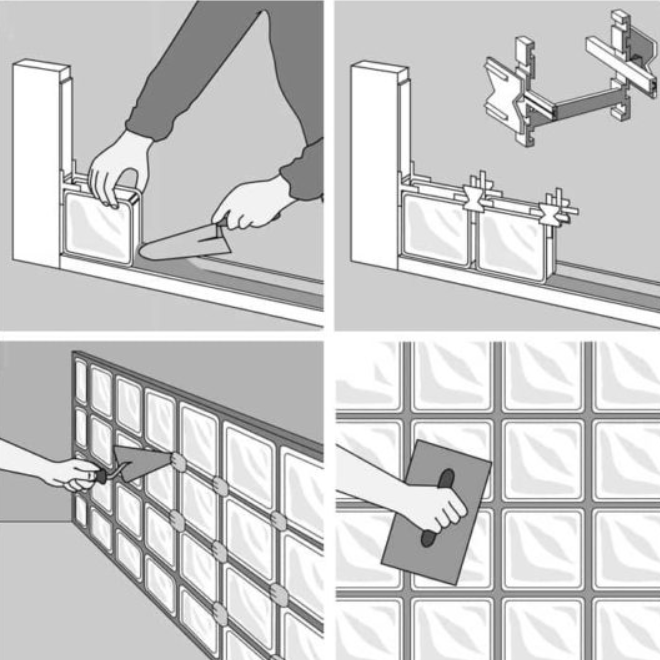
Installation
Traditional installation is carried out using cement binders such as Vetromalta.
Alternatively, traditional mortar mixed with Portland cement or similar (class 3.25) can be used. Plastic spacers, stainless steel rods and joint tape are also used.
The use of stainless steel rods, vertically and horizontally slotted inside each joint, means that the walls enjoy greater stability and mechanical resistance.
To install glass blocks more quickly and easily, Seves Glassblock has a range of plastic spacers on offer to create evenly spaced joints and to reduce the risk of rods and sides of glass blocks coming into contact.
To absorb any movement caused by adjustment of the wall, the Seves Glassblock joint tape needs to be placed on the side and above the wall. The fact that it is a single-sided tape means that it can be better positioned on the areas that need to adhere.
Inserting joint tape at the base of the wall is also advisable to avoid cohesion with the building.

Installation
Traditional installation uses cement binders like Vetromalta or mortar mixed with Portland cement (class 3.25), along with plastic spacers, stainless steel rods, and joint tape for stability. Stainless steel rods enhance mechanical resistance by slotting into each joint, while Seves Glassblock offers plastic spacers for even spacing and reduced contact. To absorb wall movement, Seves Glassblock joint tape is applied on the side and top of the wall, and adding it at the base prevents cohesion with the building. This ensures a quicker, more stable glass block installation.
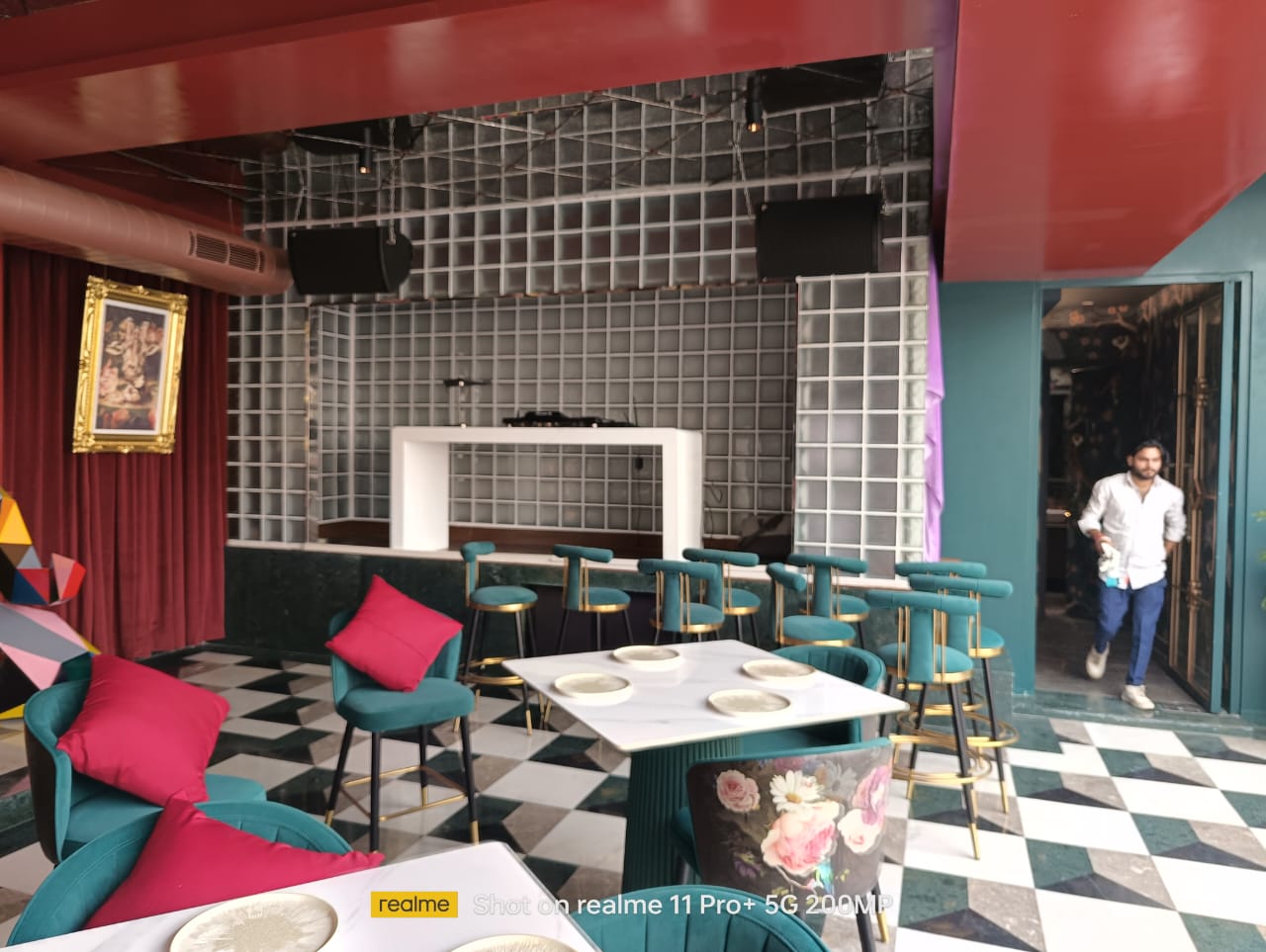
Architecture
Architectural Space Planning, Engineering Services Elevation & Facade
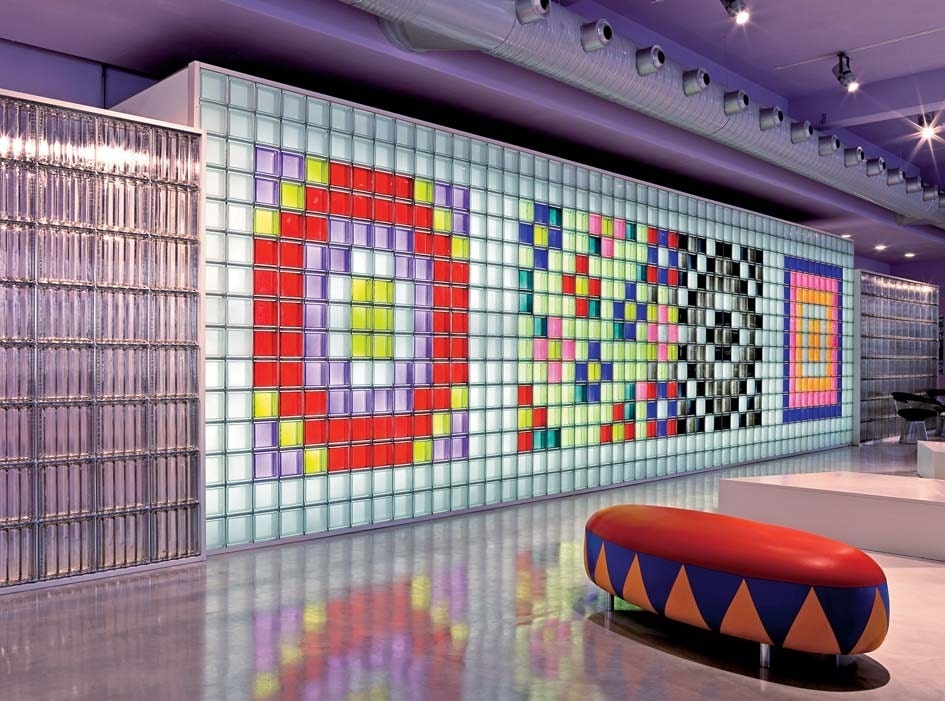
Turnkey solutions
Architectural Space Planning, Engineering Services,Elevation & Facade
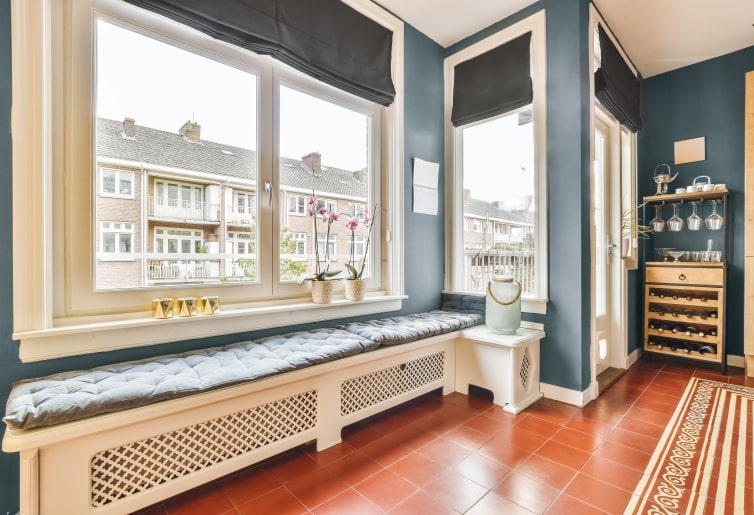
Interiors
Interior Space Planning Bespoke Furniture StudioFurnishing & Interior Styling
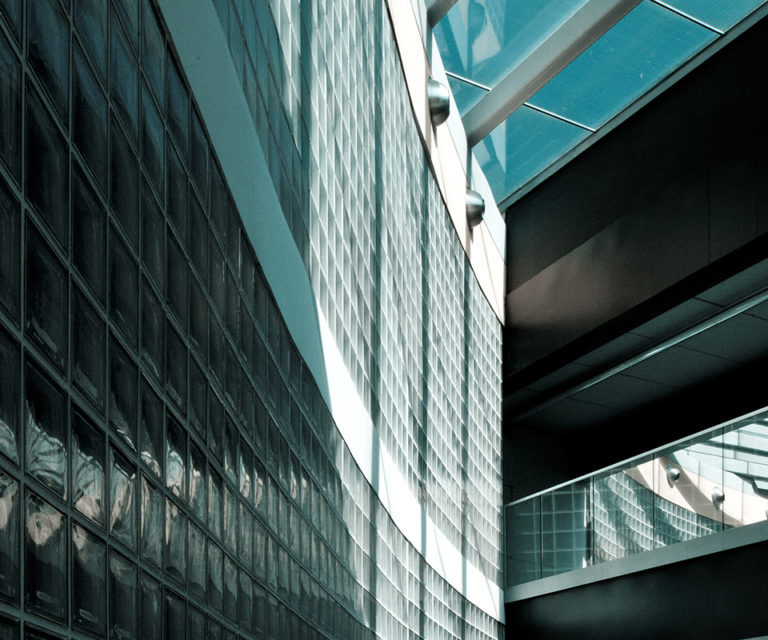
Architecture
Architectural Space Planning, Engineering Services Elevation & Facade
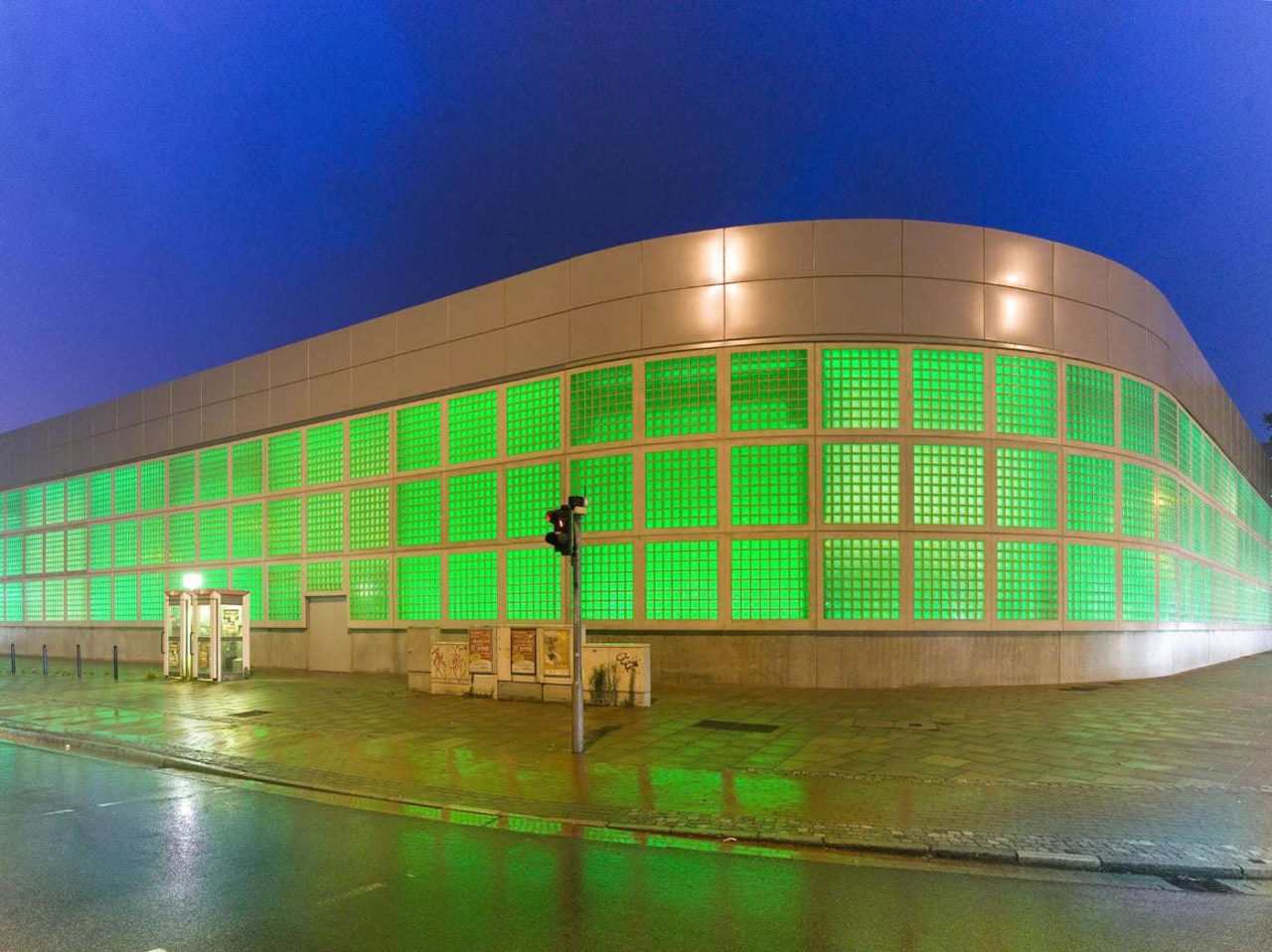
Turnkey Solutions
Architectural Space Planning, Engineering Services,Elevation & Facade
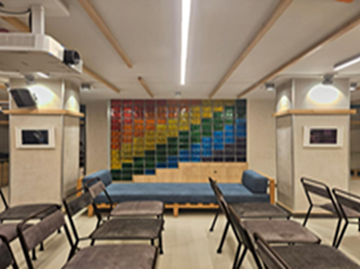
Interiors
Interior Space Planning Bespoke Furniture StudioFurnishing & Interior Styling
Thousand of users share the love !!


Subscribe For Interesting Info
Contact us
- +91 9212324255
- marketing@spgindia.in
- 96 Raja Garden, New Delhi - 110015, India
